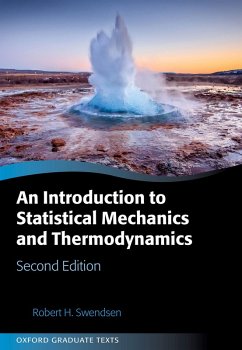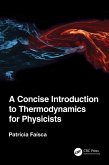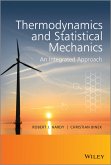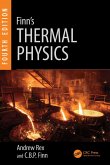An Introduction to Statistical Mechanics and Thermodynamics returns with a second edition which includes new chapters, further explorations, and updated information into the study of statistical mechanics and thermal dynamics. The first part of the book derives the entropy of the classical ideal gas, using only classical statistical mechanics and an analysis of multiple systems first suggested by Boltzmann. The properties of the entropy are then expressed as "postulates" of thermodynamics in the second part of the book. From these postulates, the formal structure of thermodynamics is developed. The third part of the book introduces the canonical and grand canonical ensembles, which are shown to facilitate calculations for many model systems. An explanation of irreversible phenomena that is consistent with time-reversal invariance in a closed system is presented. The fourth part of the book is devoted to quantum statistical mechanics, including black-body radiation, the harmonic solid, Bose-Einstein and Fermi-Dirac statistics, and an introduction to band theory, including metals, insulators, and semiconductors. The final chapter gives a brief introduction to the theory of phase transitions. Throughout the book, there is a strong emphasis on computational methods to make abstract concepts more concrete.
Dieser Download kann aus rechtlichen Gründen nur mit Rechnungsadresse in A, B, BG, CY, CZ, D, DK, EW, E, FIN, F, GR, HR, H, IRL, I, LT, L, LR, M, NL, PL, P, R, S, SLO, SK ausgeliefert werden.









